Choosing the right mini melting furnace for your workshop involves a detailed understanding of your specific needs and the capabilities of different furnaces. Consider whether you require a furnace that primarily melts or holds, or one that can handle both functions. The type of charge materials you'll be using, such as scrap metal or ingots, will influence the furnace's design, particularly its discharge and transfer methods.
Evaluate the melting capacity based on your daily requirements, balancing the flexibility of multiple small furnaces against the efficiency of fewer large ones. The design features of the furnace, such as refractory specifications and burner types, should align with your operational needs, including whether you'll need features like chlorine injection or circulation pumps for large molten baths.
Energy source selection is another critical decision, which should be based on cost-effectiveness and availability, as well as compatibility with your melting processes and materials. Additionally, consider the physical constraints of your plant, ensuring the furnace fits within your space and integrates well with existing equipment.
Lastly, control over the operating temperature is vital for producing quality molten metal. The positioning and condition of the thermocouple in the furnace are crucial for accurate temperature readings, which in turn affect the quality of the output. By carefully considering these factors, you can select a mini melting furnace that enhances your workshop's productivity and quality of work.






















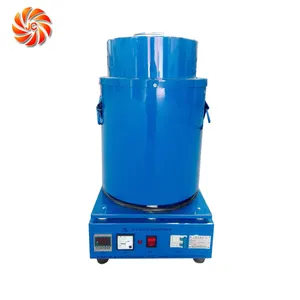



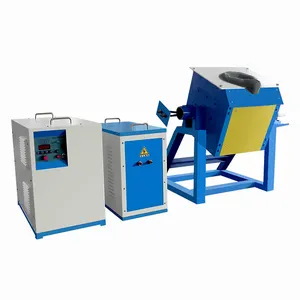
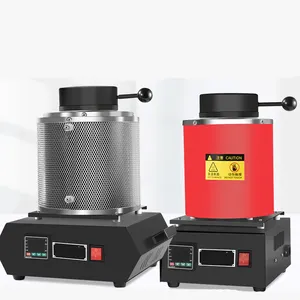

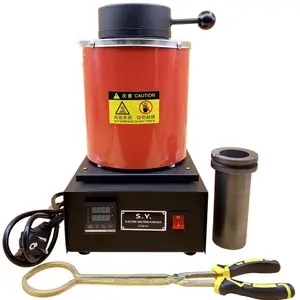

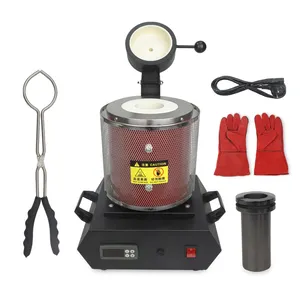

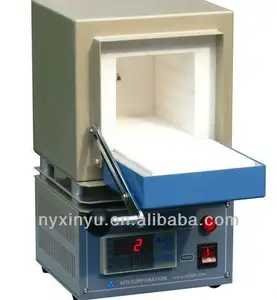


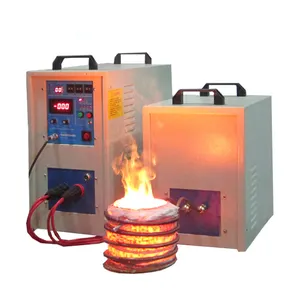
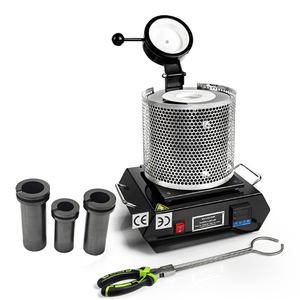








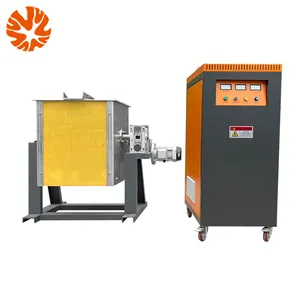
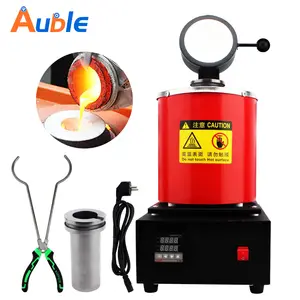



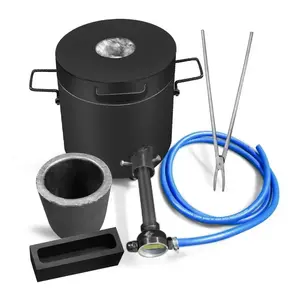

























 浙公网安备 33010002000092号
浙公网安备 33010002000092号 浙B2-20120091-4
浙B2-20120091-4